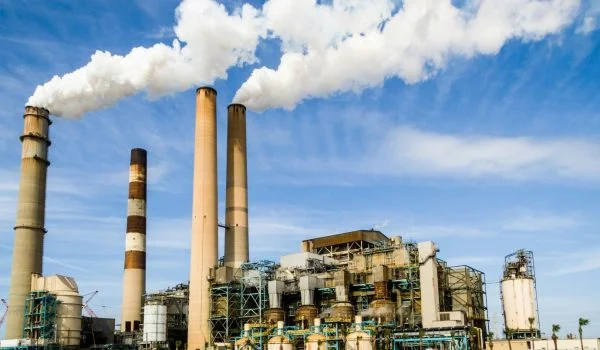
Why M&V Matters
- Confirms actual energy savings achieved over time
- Supports data-driven decision-making for future energy efficiency projects
- Provides a clear, objective framework for evaluating ECM performance
- Demonstrates the effectiveness of both short-term and long-term conservation strategies
The M&V Process
We follow industry best practices to compare estimated savings with real-time data, ensuring transparency and accuracy. A key part of this process is the M&V Plan, which defines how savings will be measured before the ECM is implemented. Our M&V plans cover:
- Confirms actual energy savings achieved over time
- Risk analysis & financial impact
- Performance benchmarks & operational expectations

